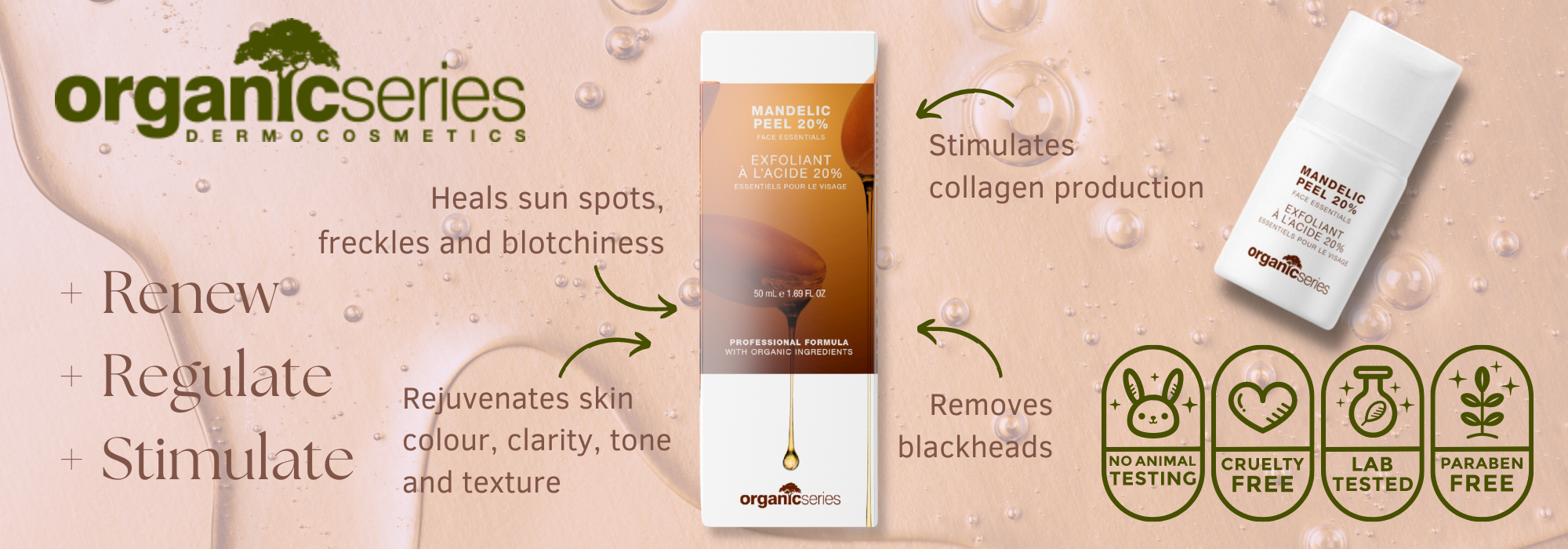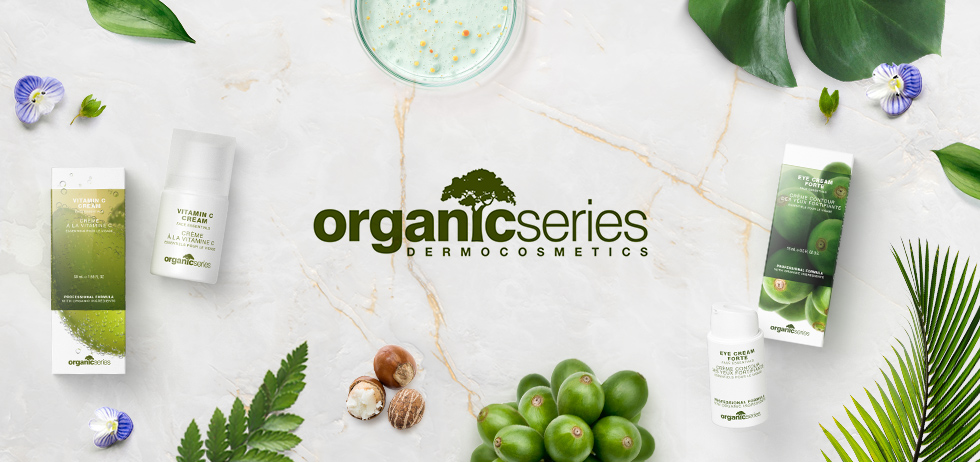
Natural Exfoliator for Sensitive Skin – Why Sensitive Skin Needs a Different Approach
Natural Exfoliator for Sensitive Skin: Sensitive skin can be beautiful, but it requires extra care. People with this skin type often experience redness, irritation, or a burning sensation when they use products that others tolerate without issue. One of the trickiest skincare steps for sensitive skin is exfoliation. Done right, exfoliation can remove dead skin cells, brighten the complexion, and help other products absorb better. Done wrong, it can strip the skin barrier and cause days of discomfort. That’s where a natural exfoliator for sensitive skin comes in.
Unlike harsh scrubs or chemical treatments that rely on high concentrations of acids, natural exfoliators use plant-based, mineral, or enzyme-based ingredients to gently encourage cell turnover. They avoid the synthetic fragrances, dyes, and aggressive agents that can trigger flare-ups. The goal isn’t just smoother skin – it’s maintaining a healthy balance so your skin barrier stays strong and resilient.
If you’re in the UK, your skin also faces environmental stressors like wind, rain, and indoor heating during the colder months. These conditions can make sensitivity worse, so it’s important to choose an exfoliation routine that works with your lifestyle and climate. In this guide, we’ll share nine tips that will help you choose, use, and benefit from a natural exfoliator for sensitive skin, without the fear of irritation.
1. Choose Ingredients That Soothe, Not Strip
Natural Exfoliator for Sensitive Skin: When looking for a natural exfoliator, the first thing to check is the ingredient list. For sensitive skin, you’ll want to avoid harsh grains like walnut shells or apricot pits, which can create micro-tears. Instead, opt for fine, rounded particles such as jojoba beads, bamboo powder, or oat flour.
Enzyme exfoliators are also an excellent choice. These use natural enzymes from fruits like papaya (papain) or pineapple (bromelain) to dissolve dead skin cells without the need for abrasive scrubbing. Another gentle option is lactic acid derived from milk or plants – it’s a mild alpha-hydroxy acid (AHA) that also hydrates as it exfoliates.
Look for additional calming agents like aloe vera, chamomile, or calendula extract. These will help counteract any potential redness and leave your skin feeling soft instead of tight.
2. Test Before Full Use
Natural Exfoliator for Sensitive Skin: Even the most natural product can cause a reaction, so patch testing is non-negotiable for sensitive skin. Apply a small amount of the exfoliator to your inner arm or behind your ear and wait 24 hours. If there’s no redness, itching, or swelling, you can proceed with facial use.
This simple step can save you from several days of discomfort and ensures you know exactly how your skin will react. Remember, sensitive skin isn’t just about ingredients – it’s about your skin’s current state, which can change due to stress, hormones, or weather.
3. Exfoliate Less Often, But Consistently
Natural Exfoliator for Sensitive Skin: One of the biggest mistakes people with sensitive skin make is exfoliating too often. While other skin types might handle two to three times a week, sensitive skin often benefits from just once a week, or even once every ten days.
Consistency matters more than frequency. Over time, gentle exfoliation will still deliver the brightening and smoothing results you want, without damaging your skin barrier. Think of it as a slow-and-steady approach that prioritises skin health over instant gratification.
4. Work With Lukewarm Water
Natural Exfoliator for Sensitive Skin: When exfoliating sensitive skin, water temperature matters more than you might think. Hot water can strip away natural oils, weaken the skin barrier, and increase redness. Cold water can be refreshing but won’t dissolve product residues as effectively.
Lukewarm water is the sweet spot. It allows the exfoliator to work without shocking your skin. Use gentle circular motions with your fingertips – no harsh rubbing — and take your time rinsing thoroughly so no particles or residues remain. This is especially important for physical exfoliants, as leftover grains can keep irritating the skin even after you think you’re done.
5. Follow With Hydration Immediately
Natural Exfoliator for Sensitive Skin: Exfoliation leaves your skin more receptive to whatever you apply next. For sensitive skin, this is the perfect opportunity to replenish hydration and strengthen the barrier. After rinsing your exfoliator, pat (not rub) your face dry with a soft towel. Then apply a gentle, hydrating toner or essence to help water bind to the skin.
Follow this with a fragrance-free moisturiser rich in ceramides, glycerin, or hyaluronic acid. These ingredients help lock in moisture and repair the barrier. If it’s daytime, always finish with sunscreen – even if it’s cloudy in the UK – because exfoliated skin is more vulnerable to UV damage.
6. Skip Harsh Add-Ons After Exfoliating
Natural Exfoliator for Sensitive Skin: It’s tempting to combine exfoliation with other “treatment” steps, like retinoids, high-strength vitamin C, or extra peels. But for sensitive skin, this can be a recipe for overloading the skin and triggering inflammation.
Keep your post-exfoliation routine simple and soothing. Avoid alcohol-heavy toners, strong actives, and clay masks immediately afterward. Give your skin at least 24 to 48 hours before introducing anything intense back into your routine. Think of exfoliation as a gentle reset – it’s your skin’s time to rest and heal.
7. Adapt to the Seasons
Natural Exfoliator for Sensitive Skin: Sensitive skin often reacts differently depending on the weather. In colder UK months, central heating and chilly winds can dry skin out quickly, so you might need to exfoliate even less often and choose ultra-hydrating formulas. Ingredients like oat milk, shea butter, and squalane can help buffer the exfoliating process.
In summer, increased sweat and oil production might tempt you to exfoliate more. Instead of upping frequency, focus on adjusting the texture of your exfoliator. You could opt for a lighter gel-based enzyme exfoliator that feels refreshing but still gentle.
Seasonal tweaks help maintain consistent results without stressing your skin at the wrong time.
8. Watch for Subtle Signs of Overdoing It
Natural Exfoliator for Sensitive Skin: With sensitive skin, over-exfoliation doesn’t always show up as dramatic peeling or burning. Sometimes it’s more subtle – a slightly tighter feeling after cleansing, makeup clinging to dry patches, or a faint increase in redness over the cheeks.
If you notice these changes, give your skin a full week off exfoliation and focus on barrier repair with nourishing creams and calming serums. It’s better to pause and recover than to push through and risk long-term sensitivity.
9. Keep Your Tools Clean
Natural Exfoliator for Sensitive Skin: If you’re using any exfoliation tools – like silicone cleansing brushes, muslin cloths, or konjac sponges — make sure they’re spotless before each use. Sensitive skin is far less forgiving of bacteria, and even a slightly dirty tool can cause breakouts or irritation.
Rinse your tools thoroughly after every use, then wash them properly at least once a week. Let them air dry completely between uses to prevent bacteria growth. For muslin cloths, machine washing with a fragrance-free detergent is best. A clean tool makes your exfoliation step safer and more effective.
10. Consider the Rest of Your Routine
Natural Exfoliator for Sensitive Skin: Even if your exfoliator is gentle, the rest of your skincare can influence how your skin reacts. For example, using a foaming cleanser with harsh sulfates right before exfoliating can weaken your barrier and make the process feel harsher.
Similarly, skipping moisturiser after exfoliation leaves your skin vulnerable to dehydration and irritation. Look at your routine as a whole – make sure every step supports skin health rather than competing with it. The gentler your daily products, the more forgiving your skin will be when you do exfoliate.
11. Patch Test Before Committing
Natural Exfoliator for Sensitive Skin: Even if a product says “for sensitive skin,” you should still test it first. Apply a small amount behind your ear or along your jawline and wait 24 hours to see if there’s any reaction. This step might feel like a delay, but it can save you from days of redness, stinging, or itching.
Once you know a formula agrees with your skin, introduce it gradually into your routine. For sensitive skin, slow and steady is not just a cliché – it’s a golden rule.
12. Support Your Skin From the Inside
Natural Exfoliator for Sensitive Skin: Exfoliation isn’t just about what you put on your face – it can be supported by your overall health. Staying hydrated, eating antioxidant-rich foods like berries and leafy greens, and getting enough omega-3 fatty acids from sources like flaxseeds or salmon can all improve skin resilience.
For many people with sensitive skin, addressing inflammation internally can make external treatments more effective. While diet isn’t a magic fix, it works in harmony with a gentle exfoliation routine to keep your skin balanced.
Conclusion
Natural Exfoliator for Sensitive Skin: Exfoliating sensitive skin doesn’t have to be intimidating – but it does require more care, patience, and observation than other skin types. The right formula, the right frequency, and a supportive routine can help you remove dullness and keep your skin smooth without triggering irritation.
By following these 12 tips, you’ll find a balance that lets you enjoy the glow-boosting benefits of exfoliation while still protecting your skin’s delicate barrier. The key is always to listen to your skin – it will tell you when it’s happy, and it will definitely tell you when it’s not.
Expert recommendation
Natural Exfoliator for Sensitive Skin Organic Series Mandelic Peel

Natural Exfoliator for Sensitive Skin: Use this gentle and amazing Mandelic Acid Peel 20% to render your skin a radiant healthy glow. Enriched with anti-bacterial properties which makes it a perfect fit for all skin types, especially for sensitive skin. It has natural and synthetic ingredients that nourish skin and enhance its hydration and firmness. Gently exfoliates the skin reducing inflammation and redness. The goodness of mandelic acid accelerates the skin’s cell turnover. The regular use of our mandelic acid peel will miraculously reduce fine lines, dark patches, and acne scars.
Benefits
- Especially benefits skin hyperpigmentation issues.
- Effectively heals sun spots, freckles, and blotchiness making your skin appear younger.
- Reduces scarring from acne blemishes by carefully removing blackheads from the skin.
- Rejuvenates and restores skin colour, clarity, tone, and texture.
- Stimulates new collagen and active skin cell growth resulting in a glowing and radiant complexion.
- Eliminates layers of skin build-up and congestion.
How to use
Natural Exfoliator for Sensitive Skin: Cleanse your face with a face wash. By using a cotton swab or a cotton pad, gently apply the mandelic peel to your face. Begin with the areas that are less sensitive like the skin of the forehead, cheeks, and chin. Then, proceed with the nose and neck area. Leave it on for about 1-2 minutes. Remove the chemical peel and apply Organic Series Moisturiser.
Active ingredients
- 20% Mandelic Acid – Almond – strengthens, moisturises, makes skin more flexible. Firms, regulates the level of sebum secretion.
Ingredients
Propylene Glycol, Mandelic Acid.
Frequently asked questions
Does mandelic acid cause peeling? Does mandelic acid peel skin? – Mandelic Peel is a chemical peel which gently exfoliates the skin revealing a fresh and glowing complexion. It stimulates the cell renewal process, but is more gentle and safer than most acids.
What is a mandelic peel? – Mandelic acid peel is obtained from bitter almonds; it is also found in the seeds of some fruits. Its action is similar to that of glycolic acid – it stimulates the cell renewal process, but it is much gentler and safer. Additionally, it has a strong antibacterial effect.
What is mandelic acid peel good for? – Due to its mild action, mandelic acid peel is suitable for all skin types. It will achieve the best results on flabby, wrinkled, oily and acne-prone skin. After just one application, the skin will be more moisturised, toned, radiant and perfectly smoothed. The strong antibacterial and anti-inflammatory properties of this acid will improve the condition of acne skin.
How to apply mandelic acid peel? – Take a few drops of the peel in your fingertips or a cotton pad. Apply it to your face and neck gently. Leave it for 5 minutes. Then, wash off with a Post Peel Neutralising Solution from Organic Series. If you feel a burning or itchy sensation, wash it off within 1 minute. Make sure to wear an Organic Series SPF Cream when you step outside after the peeling treatment.
Can you use mandelic peel when pregnant? – You should not use mandelic acid peel during pregnancy.
More inspiration
Follow Organic Series UK on instagram and facebook for more inspiration, expert tips and special discount codes!



